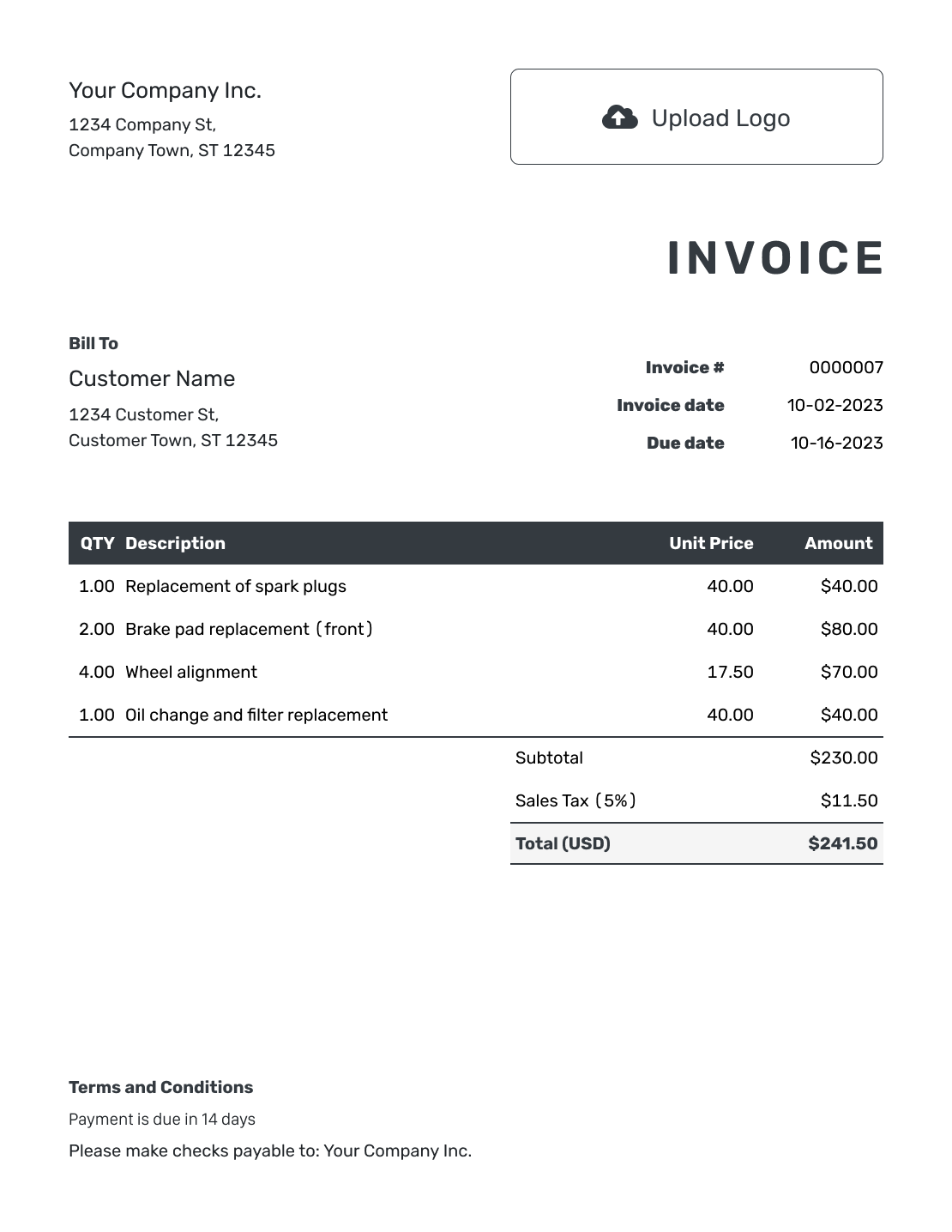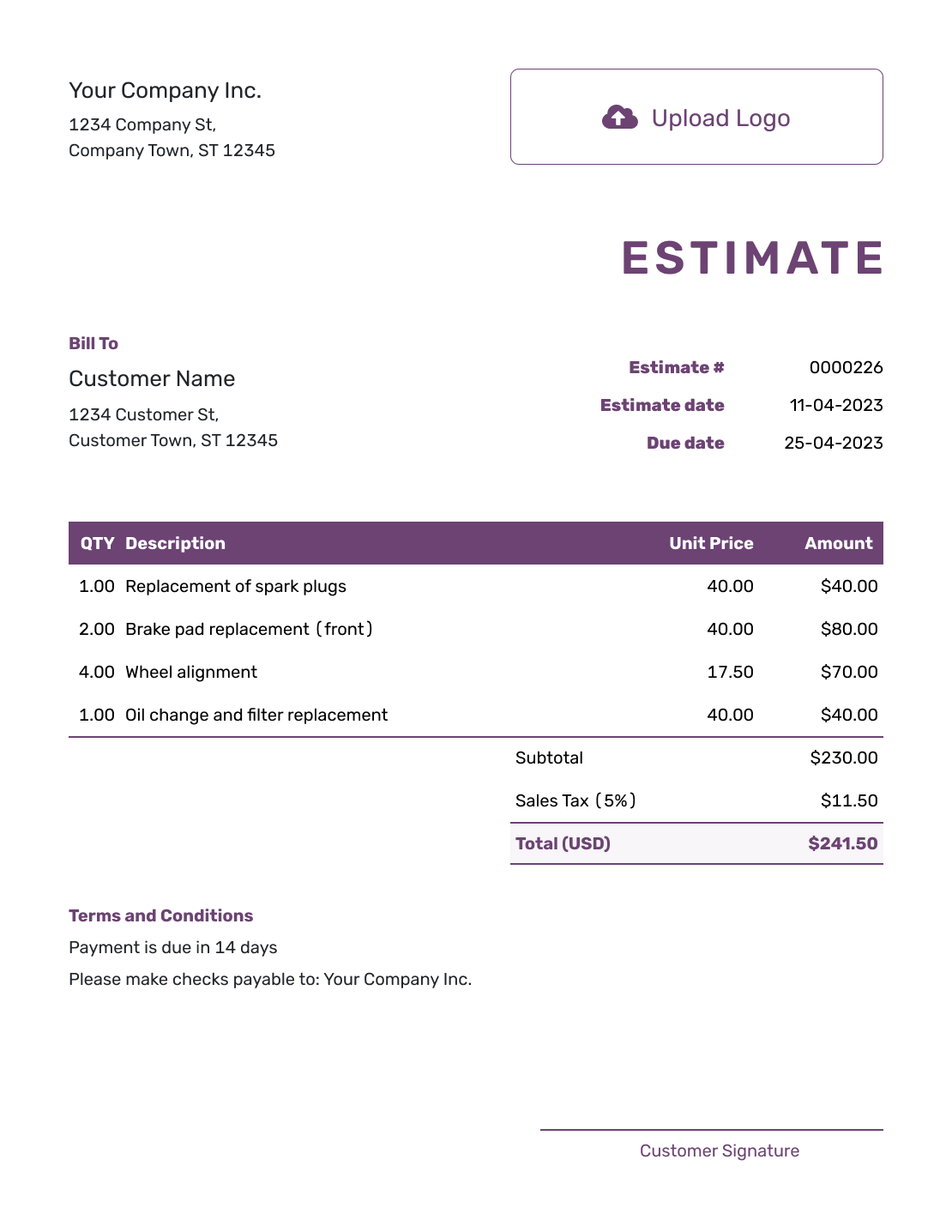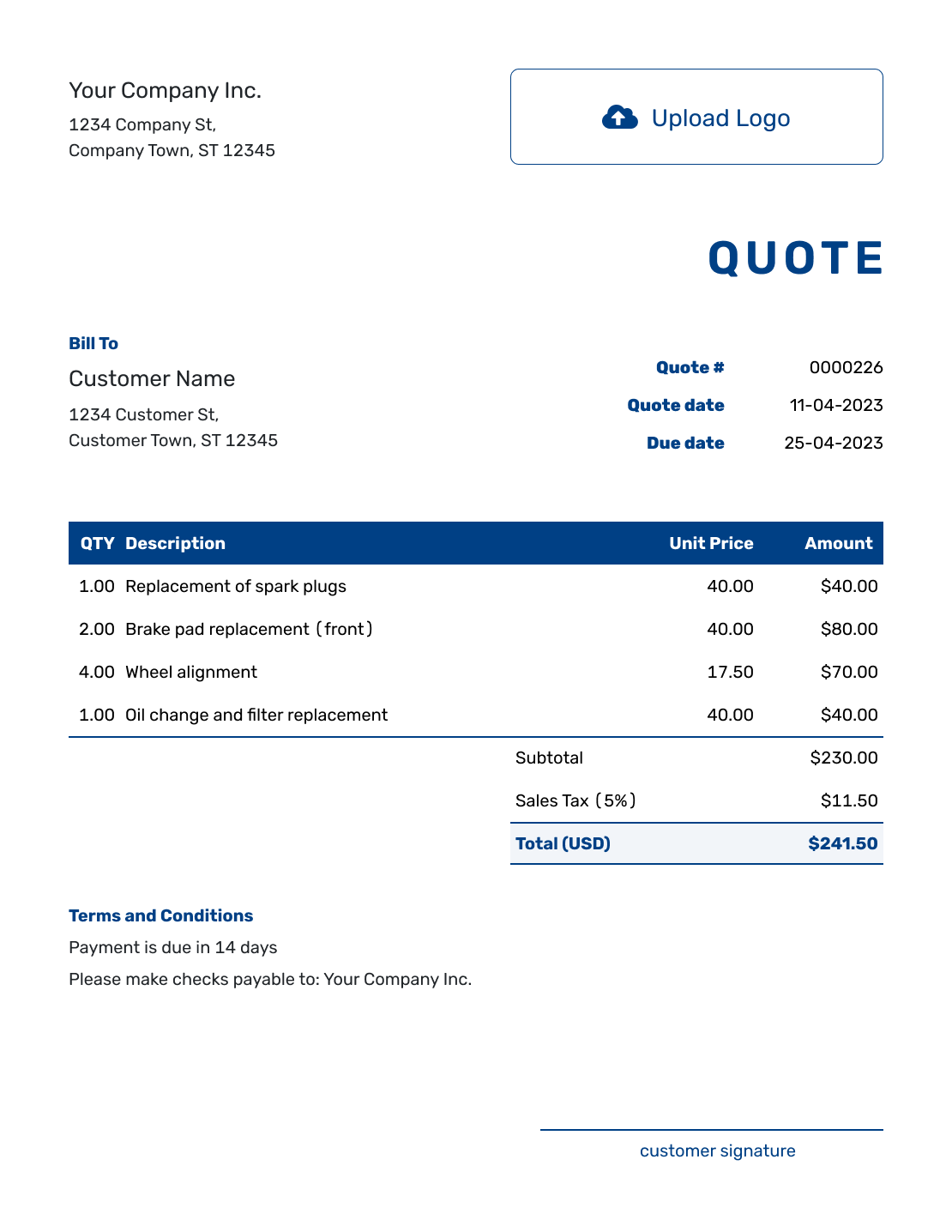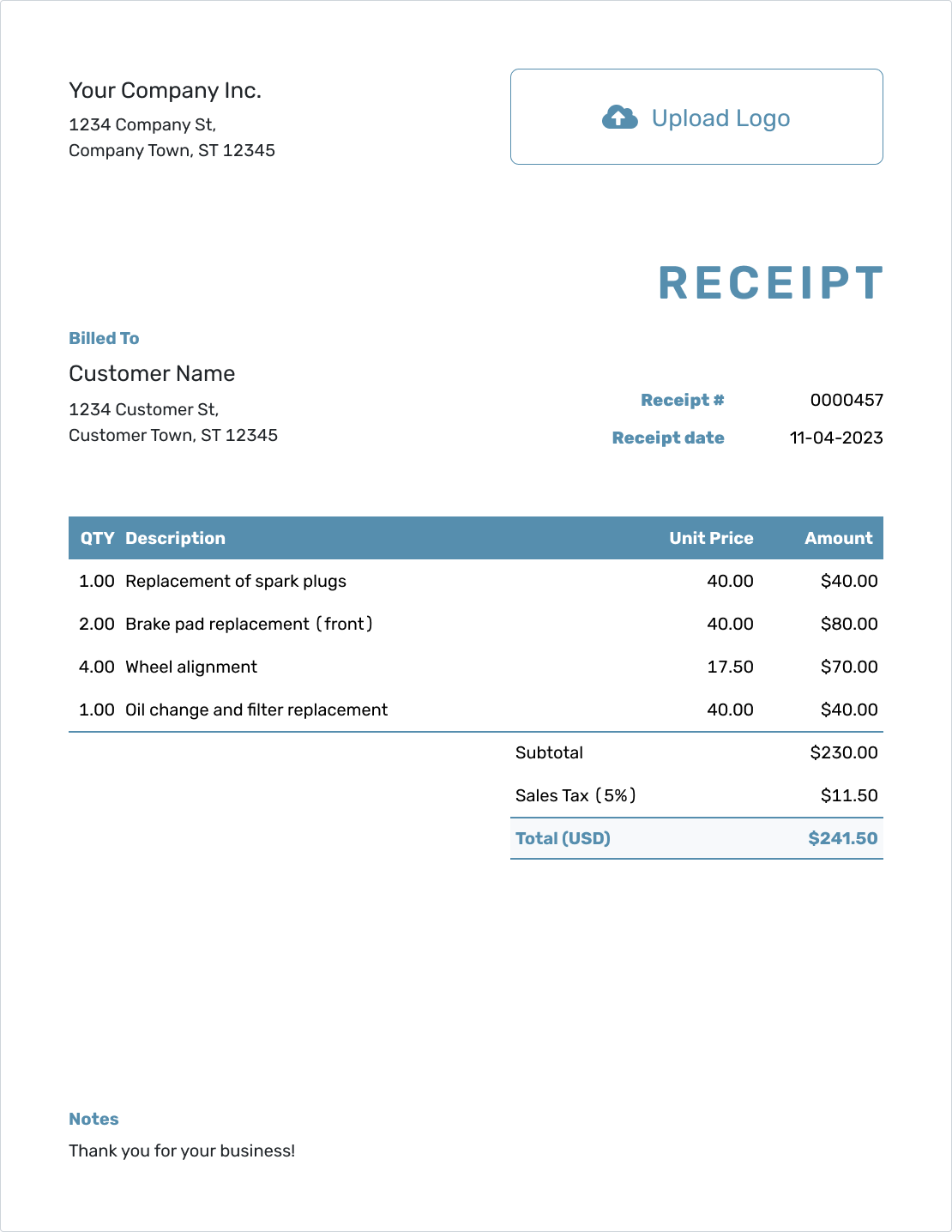Understanding
Late Payment Fees
Est. reading time: 6 min

Late payment fees are like small reminders to customers that paying on time is important. If a customer does not pay their invoice by the due date, a late payment fee is an extra charge added to the original amount they owe. This is meant to encourage customers to pay on time and to cover any trouble or costs the business might have faced because of the delay.
What Is a Late Payment Fee?
A late payment fee is an additional charge that a business adds when a customer does not pay their bill by the due date. Think of it as a gentle push to remind customers that being late can come with a cost. These fees are set up to help make sure payments are made on time, keeping cash flowing smoothly for the business.
For example, if you hire a landscaper to work on your garden, they might ask you to pay within 30 days. If you do not pay by then, they may charge a late fee to compensate for the delayed payment.
Why Charge Late Payment Fees?
Late payment fees serve two main purposes. First, they encourage timely payments. Most people do not like the idea of paying more than they have to, so knowing there will be a late fee makes them more likely to pay on time. Second, these fees help businesses recover costs related to late payments. When payments come in late, it can hurt the business's cash flow, making it harder to pay suppliers or even cover payroll.
Late fees also help balance out the impact of delayed payments on a small business. Cash flow is crucial for keeping the business running smoothly, and late fees can help reduce the negative effects of late payments.
How to Set Up Late Payment Fees
Setting up late payment fees is simple but requires clear communication. Here are some steps to follow:
1. Decide on the Fee Amount
You need to decide how much to charge as a late payment fee. It could be a flat fee, like $25, or a percentage of the total invoice amount. Many businesses choose a rate between one to five percent of the outstanding balance.
2. Be Transparent with Your Customers
Always let your customers know about the late fee before you start working with them. Include the details in your quotes, contracts, or invoices. This way, customers will know upfront what happens if they do not pay on time.
3. Include the Late Fee in Your Invoice
Make sure to clearly mention the late payment policy on your invoices. State the due date, the amount of the late fee, and when it will be applied. For example: "A late fee of 2% will be charged on unpaid balances after 30 days."
4. Use Tools to Help Track Payments
Staying organized is key when managing late fees. Using an invoicing tool like Docelf makes it easy to track who has paid and who has not, so you can quickly follow up on overdue payments and apply any fees as needed.
The Docelf Advantage
Docelf helps you stay organized and professional when it comes to invoicing and payments. With Docelf, you can:
- Create Invoices: Easily send invoices to your customers, including details about late payment fees to ensure expectations are clear.
- Generate Quotes and Estimates: Provide accurate quotes that help set the stage for timely payments right from the beginning.
- Track Payments: Keep all your invoices, quotes, and payment records in one place to help you stay on top of what is owed.
Ready to make managing your invoices and late payments a breeze? Docelf is here to help your business stay organized and keep payments flowing smoothly. Try Docelf today!




